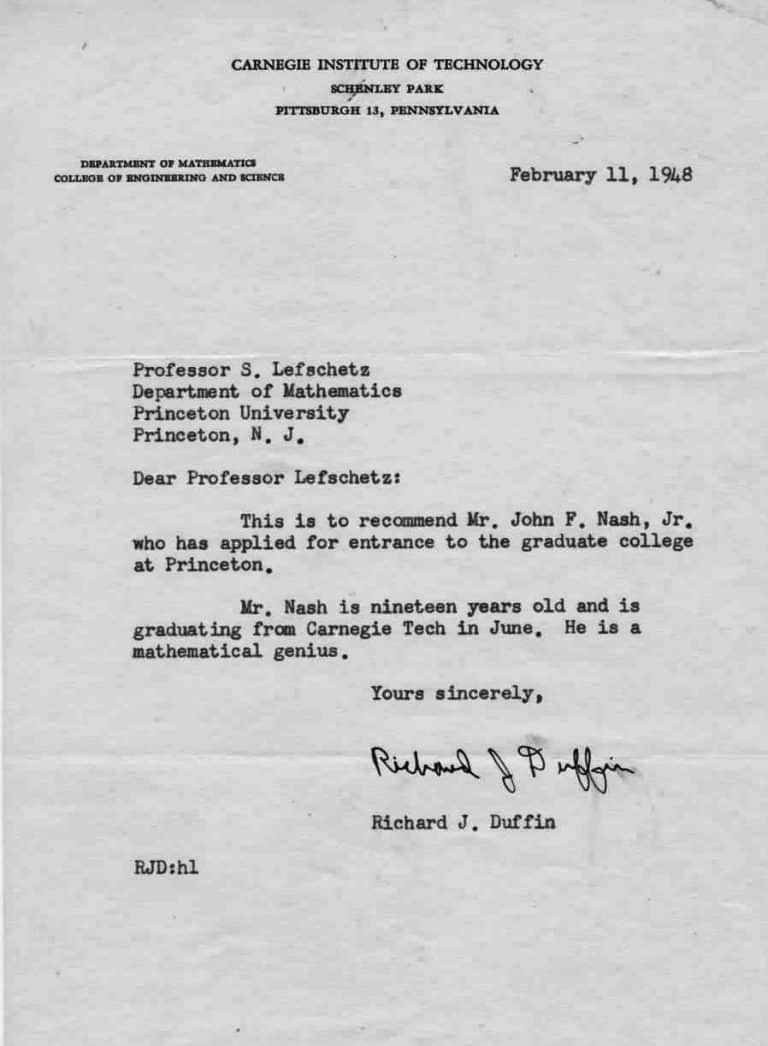Have you ever observed the intricate patterns inside a cabbage? Did you notice the beautiful geometric shapes and spirals? Well, these patterns are more than just visually appealing. They are an excellent example of the wonders of mathematics and the natural patterns that occur in the world around us.
Mathematics is the alphabet God has written the universe," said Galileo Galilei. And these geometric patterns inside a simple cabbage prove Galileo's words! Fractals are always beautiful and make people look! If you are interested in fractals, you have to read Benoit Mandelbrot's beautiful book, "The Fractal Geometry of Nature."Cabbages belong to the family of vegetables known as Brassicaceae or Cruciferae. These plants are known for their unique spiraling patterns and fractals that emerge as the cabbage grows. They feature an interesting set of spirals, each with a different shape and size, and they emerge in the most perfect order. Several types of spirals occur in these plants, including the simple spiral, double spiral, and parastichy spiral. These spiraling patterns give the cabbage its unique shape and structure, making it a gorgeous vegetable to observe.
One fascinating aspect of the spiral patterns observed inside a cabbage is the spiral arrangement of leaves around the stem. These leaves grow in either a clockwise or counterclockwise direction and in different proportions. They form spirals that are close approximations of the Fibonacci series. The Fibonacci sequence is a mathematical sequence of numbers that occur in nature, in which each number in the sequence is the sum of the previous two. The intrinsic Fibonacci pattern in cabbage is a result of packing efficiency, as the packing is optimal for the plant to capture a maximum amount of sunlight.
Another intriguing geometrical pattern observed in cabbage is the hexagonal lattice arrangement of its cells. This lattice interlocks the plant cells tightly, creating a sturdy and stable structure with minimal air space. This lattice structure is critical in ensuring that the plant’s structure is strong enough to hold the weight of the leaves, protect the valuable chlorophyll against stress and damage, and provide a pathway for transporting important nutrients.
The patterns observed in cabbage are visually attractive and impactful from an agricultural perspective. Understanding these patterns can help farmers understand how to grow healthy plants that can withstand environmental stress, pests, and disease. Farmers can pack their crops more efficiently and get more leaves per unit area by understanding how the spiral patterns occur and the corresponding mathematical sequences.
In conclusion, the patterns observed inside a cabbage highlight the beauty and wonder of mathematics in nature. These patterns are not mere coincidences but arise from an intricate combination of chemical, biological, and physical processes. A simple cabbage holds within it a wealth of hidden patterns that can inspire and inform scientists and mathematicians alike. Studying these patterns can provide valuable insights that can help farmers grow more efficient, healthy, and sustainable crops. In short, cabbages are more than just vegetable dishes, and they are masterpieces of nature and mathematics!
You may also enjoy reading these:
• 25 Beautiful Nature Documentaries to Watch for Earth Day
• 100+ Plants That Show Us the Pure Beauty of Geometry
• Rafael Araujo’s Mesmerizing Geometrical Drawings Using Golden Ratio
• 10+ Beautiful Geometry Books to Start Loving Geometry
• Adaptive Roots






